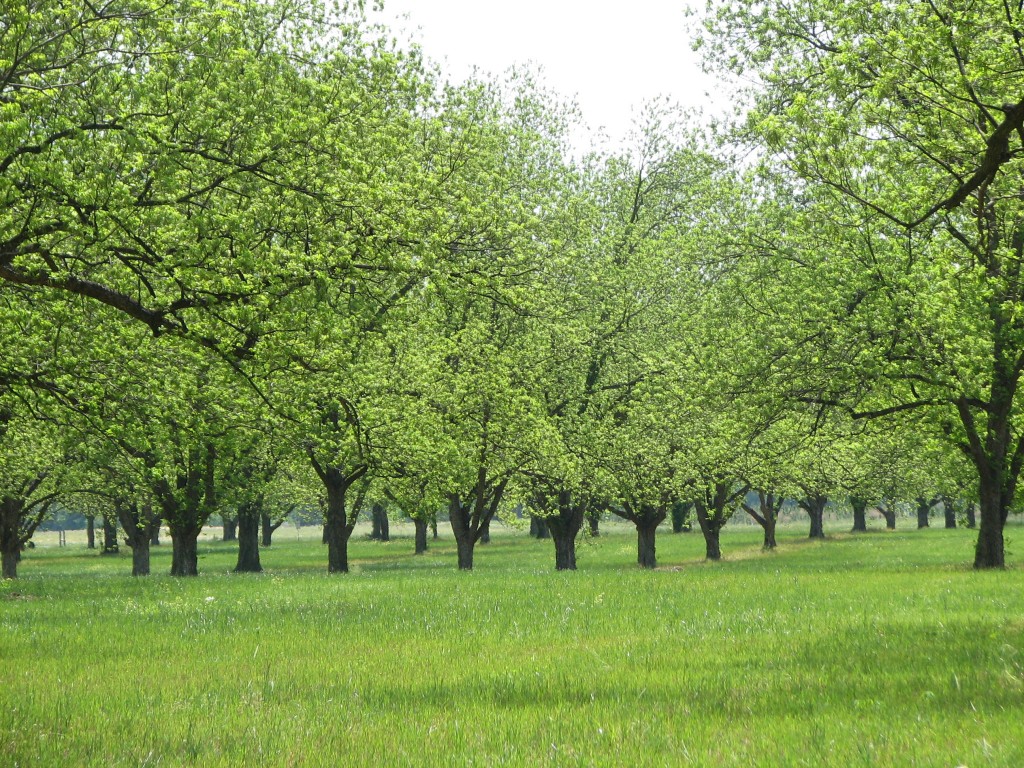Disease
-
I just returned from the Texas Pecan Growers Conference. The pecan estimate from the meeting is found below: Alabama : 2 million Arizona: 38 million Arkansas: 3 million California: 5 million Florida: 2 million Georgia: 82 million Kansas: 2 million Louisiana: 8 million Miss: 1 million Missouri: 1 million New Mex: 96 million Oklahoma: 13…
-
Last year we received a grant from the Pecan Commodity Commission to plant a low-input pecan variety trial for long-term evaluation of scab in Southeast Georgia. The location of planting is at the University of Georgia Vidalia Onion Research Farm. I’m excited to say that we are finished with our initial planting and irrigation set…
-
Much of the following is a post from 2017 but timely for our situation at the moment: Pecan scab is enjoying ideal weather in much of Georgia at this time. This has kept most growers busy trying to keep the trees sprayed between rain showers. A common question we get during such conditions is “how long does…
Posted in: Disease -
Below you will find examples of effective fungicide spray programs. Because of the high variability in scab susceptibility from one variety to the next, this year’s suggestions will be a little more complex and based on the cultivar you grow and the level of scab pressure you have at an individual site. We have broken…
Posted in: Disease -
The temperatures over the Easter weekend dipped down a little further than forecast in a few areas in the state. April 3 saw the lowest temps of the weekend. While temps in Ft. Valley area reached 32, there were low lying areas that dropped down to as low as 26 degrees. UGA weather stations in…
-
Growers are starting to see symptoms of shuck decline in the orchard. Symptoms range from shucks turning all the way black to the tips green shucks turning black and peeling back at the suture. In some cases, kernels are black and in other cases, there is no kernel. The degree of declining shucks is different…
-
Jason Brock and Dr. Tim Brenneman UGA Department of Plant Pathology Triazole (Group 3) fungicides were first labeled and used in pecan production during the 1990s with the introduction of propiconazole (Orbit). Since that time, a number of triazole active ingredients and products have been available and widely used. Tebuconazole in particular has been sprayed…
Posted in: Disease
